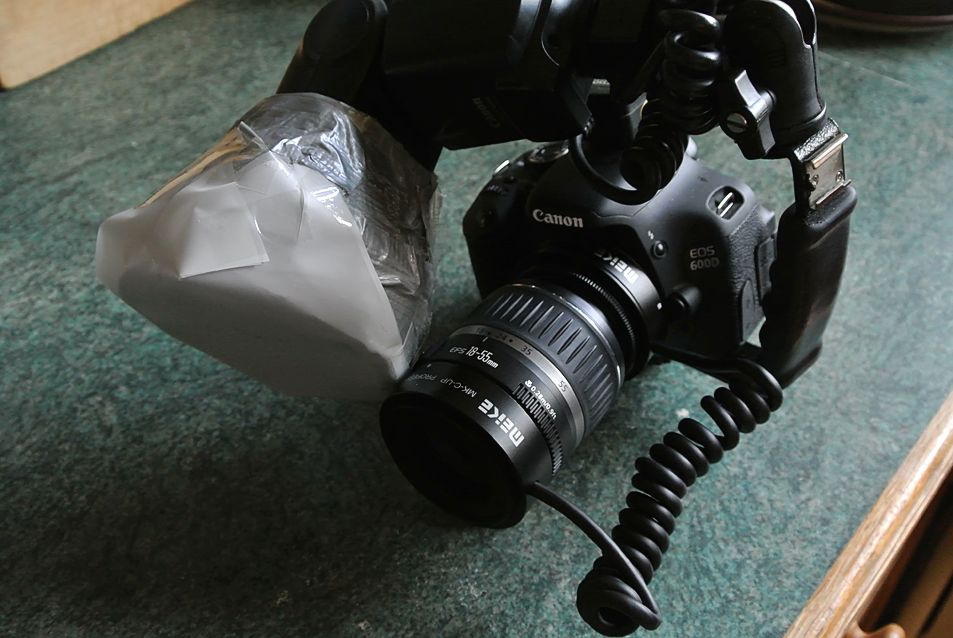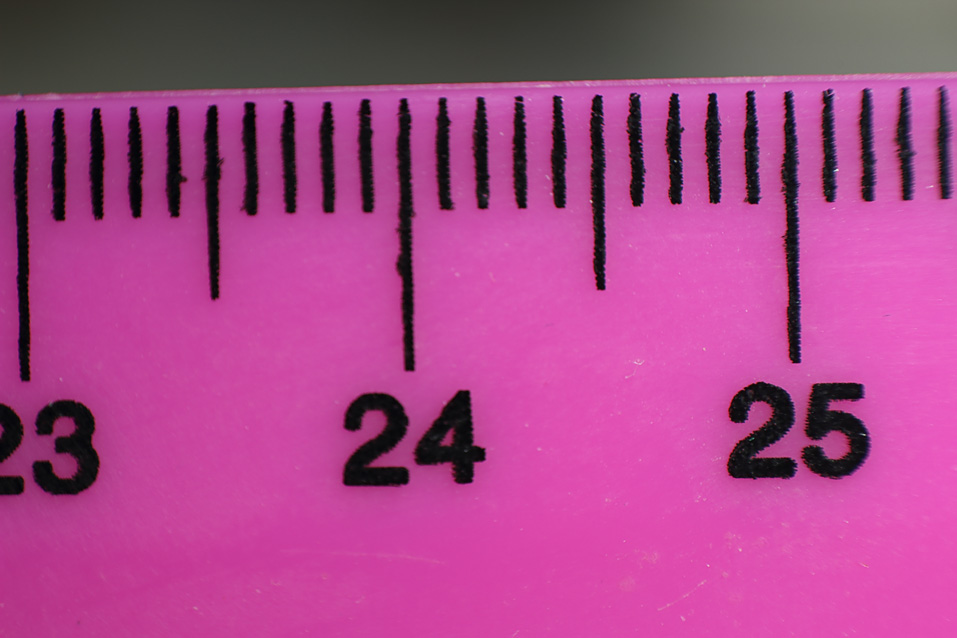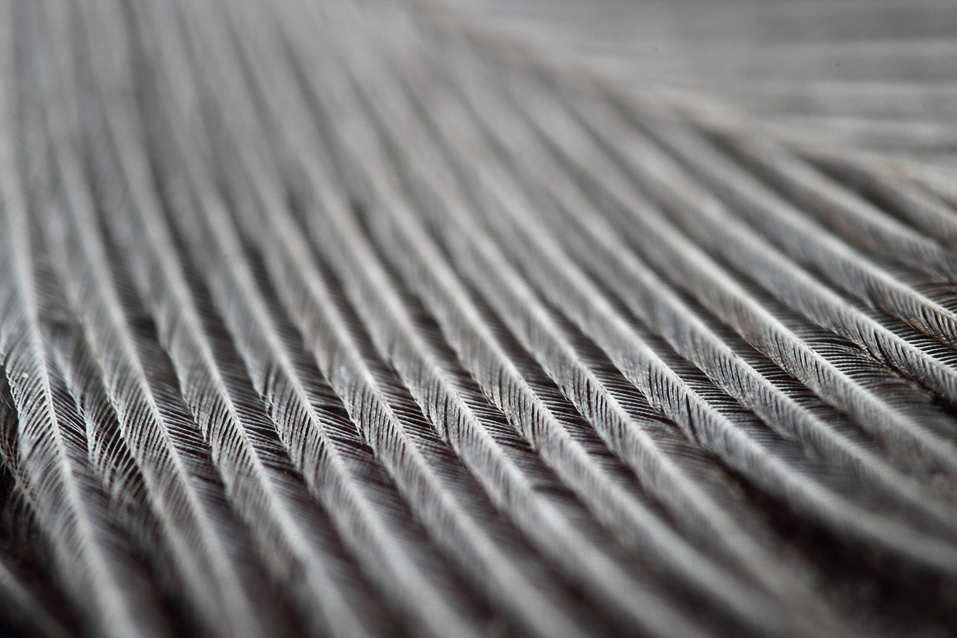TheLostVertex wrote:I recall when I shot with a reversed 18-55mm lens and a flash on ETTL I would also experience this problem. The lens was not mounted with electronic connections.
I don't think we can't blame pupil ratio in that case. Whatever the lens does to the real flash it should do to the metering flash also, because nothing in the optics changes. With no other information, I'm inclined to suspect that it's the absence of electronic connections that causes the camera to treat the preflash differently. If you were using a chipped adapter, then there's also the possibility that the camera thought it could physically stop down the lens when actually it couldn't. I recall that with one of my adapters I have to be careful to set the camera's f-number to match the adapter's f-number, or ETTL exposures get weird.
LordV's case is a little different because the optics actually do change between metering and shooting. At least with my 18-55, when the lens is wide open the iris is not the limiting aperture. Stopping down the lens makes the iris become the limiting aperture, and as a side effect the pupil location moves longitudinally within the lens. My best guess is that it's this effect that alters the metering, rather than a static pupil ratio that happens to be different from 1.
When I answered the first time, I had overlooked that LordV's exposure difference was with ETTL. Thanks for making me think harder about this problem.
--Rik






